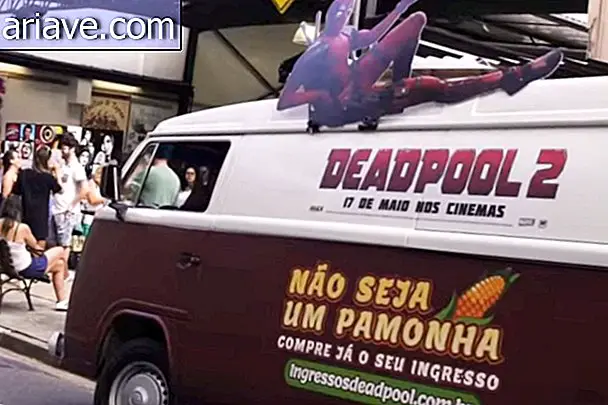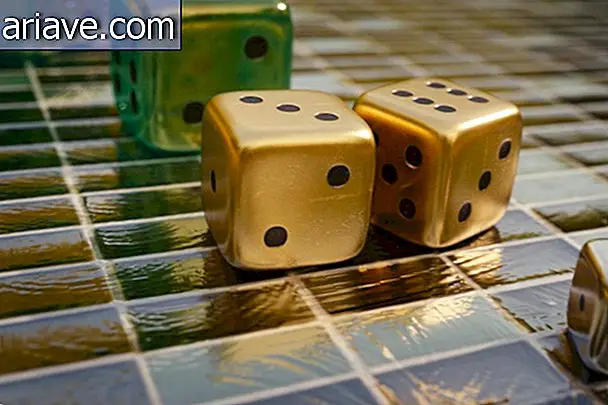“Hi-tech periodic table” is amazing and projects our next discoveries
What would be the level of socioeconomic disruption of software that writes professional text alone or programmable bacteria? How long are we going to use swarm robots or mining asteroids? These and other issues involving science, technology, biology, behavior, and various other topics have all been summarized in one incredible "Disruptive Technologies Table" - something like a "hi-tech Periodic Table."
This is the work of academics from Imperial Tech Foresight (ITF), an arm of Imperial College London, a famous institution with studies in Science, Engineering, Medicine and Humanities. The idea there is to turn conventions upside down and bring projects to life in, say, a different way. They were the authors of what we are talking about.
The inspiration was, of course, the periodic table of chemical elements, only the novelty has 100 innovations, from benign everyday things to mind-blowing and potentially terrifying. As an example, cryptocurrencies are identified as "Cr", and robots created for war are represented by "Br". Each element is color coded and fitted into two axes: the vertical Y measures the potential for disruption and the horizontal X determines how long it can take to come true.
Look:

If you pay attention, you will notice that the green elements in the lower left corner are happening now. Already the yellow ones are expected soon, the red ones are expected for 20 years or more, and the gray ones are still more for science fiction subjects today - something in the “highly unlikely but not impossible” category.
The numbers refer to examples of practical applications in real life, and this is described in more detail in the full table. The themes, arranged in two letters within each box, are separated by "Ecosystem Data" (DE), "Intelligent Planet" (SP), "Extreme Automation" (EA), "Human Expansion" (HA) and " Interactions between Man and Machine ”(MI).

The “Disruptive Technologies Table” was created by Richard Watson and Anna Cupani, following a major study of everything on Wikipedia and conversations with various experts in each area. Another contributor, Maria Jeansson, tells Business Insider that she is designed to act as a visual ignition for conversations on these issues.
"Some corporate organizations have used it in workshops, highlighting things we should think about. Many people see this and tell us, 'We didn't imagine it would impact us so much.'"
***
Do you know the Mega Curioso newsletter? Weekly, we produce exclusive content for lovers of the biggest curiosities and bizarres of this big world! Register your email and do not miss this way to keep in touch!
“Hi-tech periodic table” is amazing and projects our next discoveries via TecMundo











